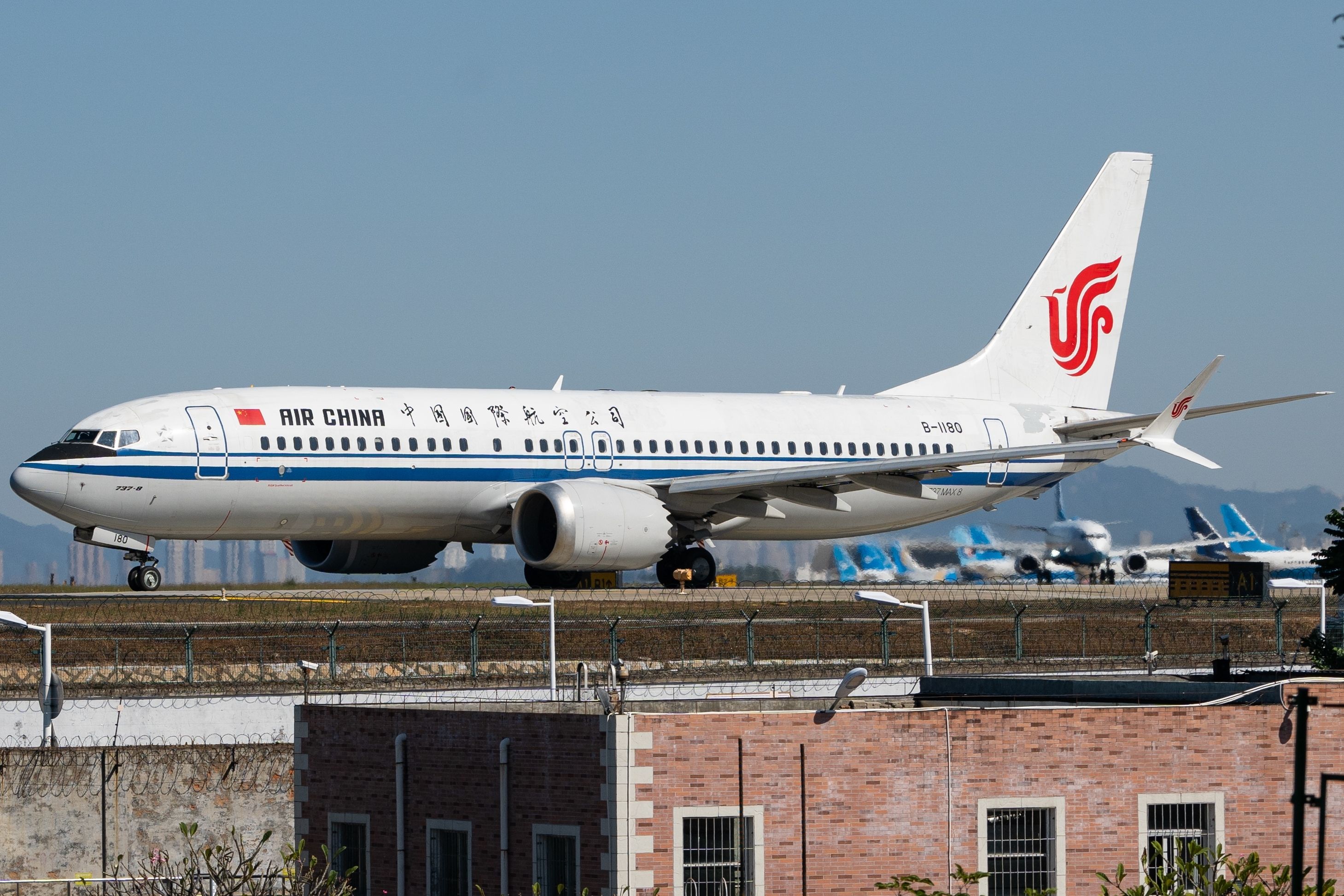The Chinese government has told its carriers not to take delivery of Boeing aircraft as China and the United States continue their tit-for-tat tariff trade war that began in April. Previously, Boeing hoped to clear the inventory of pre-2023-built aircraft by the end of the year, enabling the manufacturer to close down its so-called shadow factories. Government Orders Targeting Boeing In an exclusive report by Bloomberg , which cited people familiar with the matter, the Chinese government told its airlines not to take Boeing deliveries amidst its trade war with the US.
In China, the National Development and Reform Commission (NDRC) controls airlines’ ability to take delivery of new aircraft. The Bloomberg report added that the order to halt aircraft deliveries came after China retaliated with its own heightened tariffs against US-made goods, with the government also considering aid measures for airlines that are leasing Boeing aircraft to help with higher expenses. On April 2, the Donald Trump-led White House announced the so-called ‘Liberation Day,’ imposing 10% tariffs on all countries and individualized reciprocal higher tariffs on countries with which the US has the largest trade deficits starting April 9.

The statement read that China’s “non-market policies” have resulted in the country’s global dominance and contributed to the loss of 3.7 million jobs in the US between 2001 and 2018. On April 8, Trump increased tariffs on Chinese-made products from 34% to 84%, with China responding with an identical tariff rate.
While on April 9, Trump, witnessing the collapse of the bond market, walked back on the individualized reciprocal tariffs until at least July 9, which were calculated using dubious methods , the President of the US doubled down on targeting China, hiking tariffs to 125%, and on April 10, clarified that the tariff, paid by US consumers, was actually 145%. Inventoried Aircraft Throughout the past few months, as Kelly Ortberg, the President and Chief Executive Officer (CEO), and Brian West, the Executive Vice President and Chief Financial Officer (CFO) of Boeing, resumed going to conferences and events, both executives shared that the plane maker had inventoried aircraft, including 737 MAXs. During the Bank of America Global Industrials Conference on March 19 , West said that the 737 shadow factory, which the plane maker’s executives have mentioned before, was working hard to move them and deliver those aircraft to customers.
At the time, Boeing expected the shadow factory to close this summer as those inventoried aircraft are handed over to its airlines. West added that it had already shut down the 787 shadow factory, yet the deliveries of some of these twin-aisle aircraft could happen as far as early 2026 “mostly because of our customer fleet planning requirements ,” the CFO warned. On January 28, when Boeing held its Q4 2024 earnings call, Ortberg detailed that at the end of the quarter, the plane maker had 55 737 MAX 8 aircraft built before 2023, the majority for airlines in China and India, and 25 787s built prior to 2023.
Ch-aviation data showed that since January 1, China-based airlines have welcomed 20 Boeing aircraft. Out of the 20, 15 had their first flights in 2019, 2020, and 2021 (five each), four in 2022, and three in 2024, including two in December 2024. One, a China Cargo Airlines 777F, registered as B-226V, operated its first flight on March 21 before its delivery on April 8.
Out of the 20 aircraft, 13 were 737 MAX 8, four were 777F, and three were 787s. Small Percentages According to Boeing’s orders and deliveries site, the plane maker has 6,319 unfilled gross orders, with Chinese airlines having a gross backlog of 130 aircraft, or just 2% of the total. Ch-aviation records also showed that a further 35 aircraft destined for China-based carriers had their first flights between January 2019 and March 2025, including a Hainan Airlines 737 MAX 8, to be registered as B-225S, which took to the skies for the first time on March 16.
Meanwhile, Airbus has 332 aircraft that are on order from China-based airlines, which does not include aircraft lessors’ backlogs , and so far in 2025, it has delivered 37 aircraft to the country’s carriers. However, this is not a race to beat the competitor within a market, but rather a race to respond to the demand within one of the largest aviation markets in the world (second-largest domestic market in the world, behind the US, per the International Air Transport Association (IATA), which comes with lucrative revenue and customers. After all, both manufacturers have established their presence in China with delivery centers and, in the case of Airbus, soon-to-be a facility with two final assembly lines (FAL) in Tianjin, China.
.
Technology

Government Orders Chinese Airlines To Stop Boeing Deliveries Amid Trump Trade War

The tariff war, which began escalating in early April, has now directly impacted Boeing.















